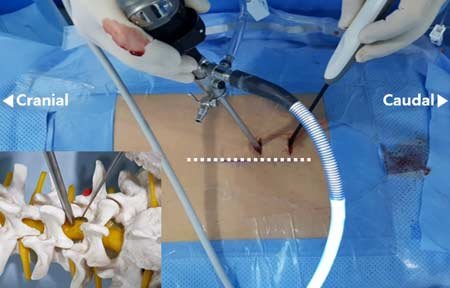UBE Spine Surgery

Unilateral Biportal Endoscopic Spine Surgery, often referred to as "UBE Spine Surgery," is a cutting-edge minimally invasive surgical technique used to treat various spinal disorders and conditions. This advanced procedure offers several advantages over traditional open surgery, including reduced tissue damage, faster recovery times, and less postoperative pain. In this article, we will explore the key aspects of Unilateral Biportal Endoscopic Spine Surgery, including its benefits, the surgical procedure, and what patients can expect during recovery.
Unilateral Biportal Endoscopic Spine Surgery is a state-of-the-art surgical approach that combines the use of endoscopic technology and two small incisions on one side of the spine. It is primarily used to address conditions such as herniated discs, spinal stenosis, facet joint arthritis, and other spinal pathologies.